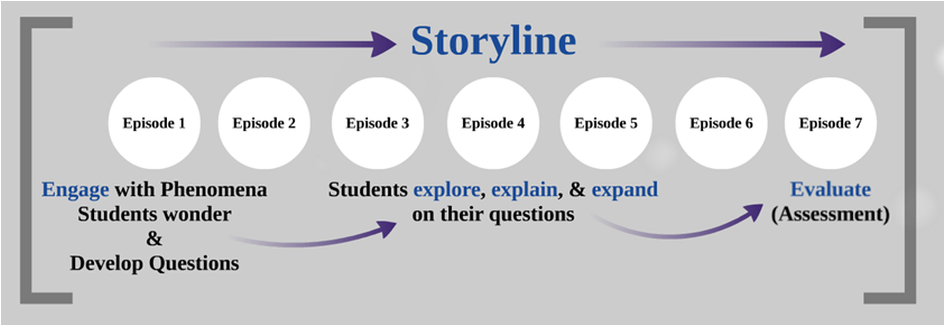Lesson Plan
Enzymes and Bacteria are Whey Cool!
Grade Level
Purpose
Students study the science of amino acids, proteins, enzymes, and beneficial bacteria to explore the phenomena, "Why does each variety of cheese taste different when the ingredients are the same?" Grades 9-12
Estimated Time
Materials Needed
Engage:
- Three (or more) samples of cheese for the entire class. Select at least one cheese variety from the following categories:
- Soft Cheese: Brie, Burrata, Camembert, Feta, Gorgonzola, Halloumi, Mascarpone, or Muenster
- Mild Flavor: Cheddar, Colby, Gouda, Monterey
- Aged: Parmesan, Swiss, Provolone, or Sharp Cheddar
- Paper plates, napkins, and toothpicks for taste-testing
- Cheese ingredient labels (save from the cheese used for sampling) or the attached cheese ingredient image.
Activity 1: Mozzarella Cheese Demonstration
- Physical Composition of Milk graphic
- Mozzarella Cheese recipe, 1 copy for teacher
- Ingredients:
- 1 gallon of whole milk (2% also works)
- 1/2 cup water (split)
- 1 ½ tsp citric acid*
- Rennet*
- Be sure to purchase rennet from a cheesemaking supplier or agclassroomstore.com. The rennet commonly available at a grocery store is primarily for desserts and is not adequate to form a true curd for mozzarella cheese.
- 1-3 tsp salt
- Kitchen supplies:
- Large pot with lid
- Colander
- Microwave safe bowl
- Long knife to cut curds
- Slotted spoon
- 2 small bowls
- Thermometer
- Measuring cups and spoons
- Stove or hot plate
- Microwave
- A Brief History of Cheese video
- Crackers (or other complimentary food)
- Toothpicks, napkins, and paper plates for taste-testing
*These supplies can be purchased in the Mozzarella Cheese kit from agclassroomstore.com.
Activity 2: Amino Acids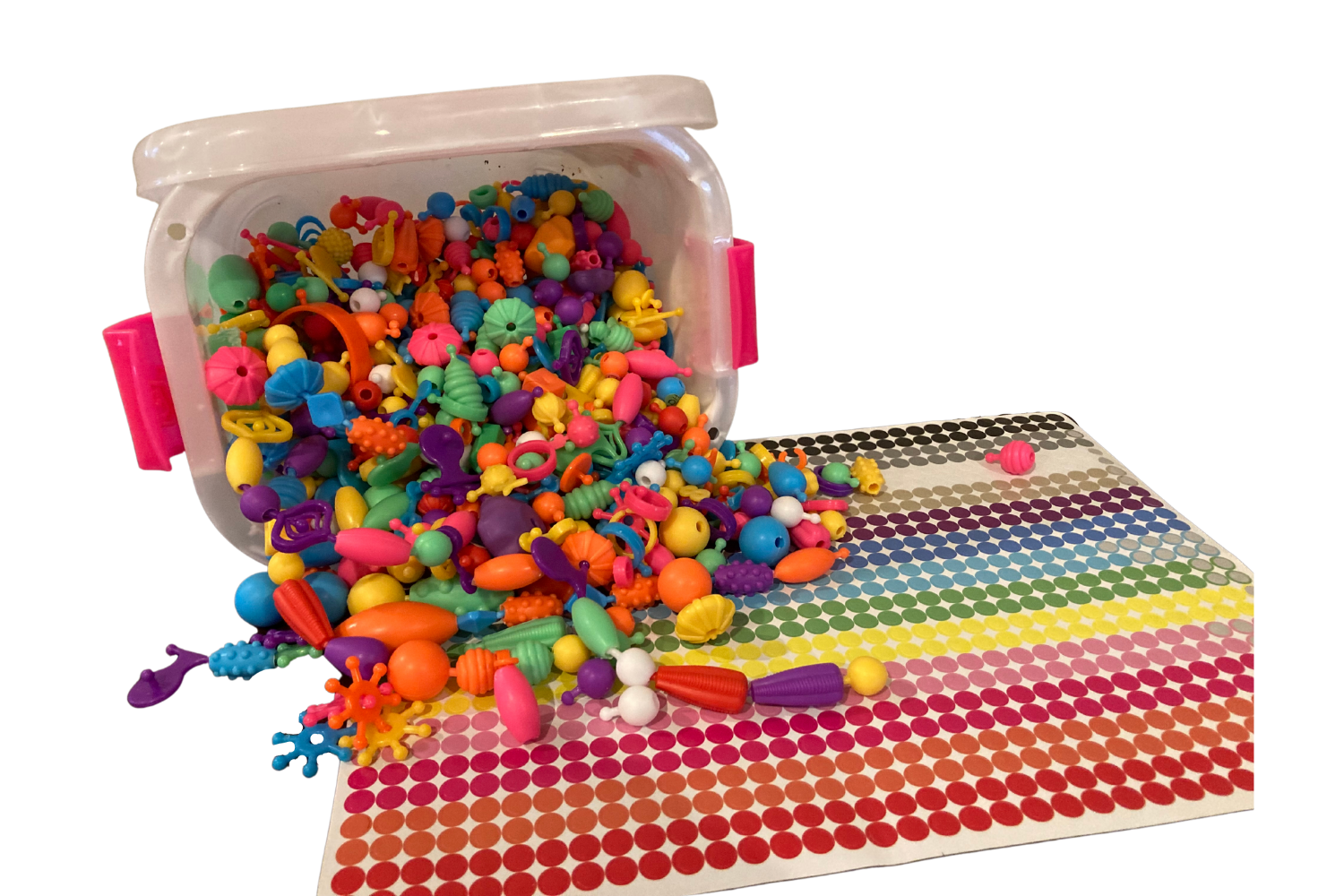
- Amino Acid Chart, 1 copy per student printed front to back
- Amino Acid Diagram to project
- Pop beads
- A large (500+ piece) variety package of pop beads from the toy department will be sufficient for group work or a smaller class of 20 students. If you have a large class and would like each student to build their own amino acids and proteins, two pop bead kits are recommended.
- Round dot stickers for labeling
- As an alternative to labeling with stickers, students can also build their amino acids on a sheet of paper and label with a pen or marker.
Activity 3: Proteins
- Pop beads (from Activity 2)
- Amino Acid Chart (from Activity 2)
- Protein graphic organizer, 1 copy per student
Activity 4: Enzymes
- Acid vs Enzyme Coagulation image
- Enzymes graphic organizer, 1 copy per student
- Enzymes video
Activity 5: When does bacteria make delicious food?
Essential Files
Vocabulary
amino acid: biochemical units from which all proteins are made; twenty different amino acids occur most commonly in the proteins of all life forms
denaturation: a process in which proteins or nucleic acids lose their native structure; commonly after a change in pH or temperature
enzyme: protein catalyst, which speeds up a specific chemical reaction
fermentation: a food-based reaction caused by the action of enzymes that breaks compounds into simpler substances; used for food preservation and preparation
protein: an essential nutrient responsible for building tissue, cells, and muscle
rennet: a complex set of enzymes produced in the stomach of young ruminant animals
ruminant: an animal that uses a series of stomach compartments and chews its cud in order to digest plant cellulose
Did You Know?
- Enzymes are proteins that act as biological catalysts. They accelerate chemical reactions.
- Proteins are found throughout the body with over 40% found in skeletal muscle, 25% found in body organs, and the rest mostly in the skin and blood.1
- It is believed that cheese was discovered by accident in early civilizations when milk was stored in a pouch made from the stomach of animals. Rennet, an enzyme found in the stomach of ruminant animals, would cause the milk to coagulate and separate into curds and whey.2
Background Agricultural Connections
This lesson can be nested into a storyline as an episode exploring the phenomenon of how science is used in the production of food. In this episode, students investigate the question, "Why does each variety of cheese taste different when the ingredients are the same?" Phenomena-based lessons include storylines which emerge based upon student questions. Other lesson plans in the National Agricultural Literacy Curriculum Matrix may be used as episodes to investigate student questions needing science-based explanations. For more information about phenomena storylines visit nextgenstorylines.org.
Proteins and Amino Acids
One protein can contain hundreds of amino acids that are joined with peptide bonds and are characterized by their two functional groups (the amino and carboxyl group). The functional groups are what determine the protein properties and how it will respond in different situations. The structure and bonds of the protein determine if the protein is soluble, how it reacts in different pH solutions, and how heat, agitation, and ultraviolet light will change the protein’s physical structure. These physical alterations can cause the protein to go through a process called denaturation, which essentially relaxes the structure of the protein from looking like a ball, to more like sheets. This exposes more of the protein’s functional groups and new bonds can form as the protein begins to coagulate, or clump together. Denaturation happens frequently when preparing food to eat. For example heat agitates the protein in eggs and causes the proteins to denature and coagulate together to form the solid egg that we eat.3
Enzymes can be used to promote chemical reactions in the proteins contained in food. An enzyme has an active site which must temporarily lock with the substrate (food) and cause the chemical reaction to occur. Since an enzyme is a protein, it is important to consider the temperature and the pH level of the food you are adding it to so that you don’t prematurely denature the enzyme and make it so it can no longer cause the desired reaction. Conversely some cooking processes are desired so that it does inactivate enzymes (ie blanching vegetables that are to be frozen to inactivate the enzyme that causes the vegetable to age or deteriorate).3
Microbes, Bacteria, and Cultures
Microoganisms or microbes are everywhere and are classified as bacteria, viruses, protozoa, or fungi. These organisms can be beneficial, neutral, or harmful to humans. In food, some of them can cause food borne illnesses which can make us very sick, or cause our food to spoil. The growth of bacteria in food is controlled through keeping clean surfaces and equipment and manipulating the following conditions since bacteria will thrive or die in different environments: changing the temperature, water activity, pH, and oxygen level.5 Microbes are used in the production of many delicious foods including cheese, kimchi, yogurt, chocolate, kimchi, bread, beer, and wine. The microorganisms transform the natural sugars and proteins in food to yield very different tastes and textures that we enjoy.6
Origin of Cheese
Cheese is one of many products made from milk. The exact date of origin for cheese is unknown, but it has been found in Egyptian tombs and murals from 4,000 years ago. It is thought that cheese was discovered by accident when it was common to store milk in a container made from an animal stomach. The enzyme, rennet, is found in ruminant stomachs. When added to milk, it causes the milk to coagulate and separate curds (solid proteins) from whey (liquid). This means when someone would store milk in a ruminant stomach (a common practice before glass and plastic), their milk would turn to fresh cheese.
Today, the art of making cheese has become much more technical.7 Now there are hundreds of cheese varieties which can be grouped into eight categories including blue, hard, pasta filata, processed, semi-hard, semi-soft, soft and fresh, and soft-ripened.8 Currently more than one-third of all milk produced each year in the United States is made into cheese.9
Cheesemaking Process
The cheesemaking process uses science and chemistry to remove whey and liquid from milk to form a curd (cheese).3 Along with a vast array of cheese types, there is also a variety of cheese-making processes. Each process shares the same basic components:
- Milk: All cheese is made from milk. In the United States, milk from cows is most common. However, many specialty cheeses are made from the milk of sheep, goats, and other mammals. Milk is composed of varying amounts of carbohydrates (lactose), fat, protein (casein and whey), vitamins, and minerals.
- Additives: Frequently cheddar cheeses have an orange food coloring, anoto, added to the milk. Calcium can be added which will change the texture. Mold can be added for a variety like bleu cheese. The most common enzyme used to make cheese is Rennet. Rennet causes the milk to coagulate and is used to make hard cheeses.5 It helps the milk mixture separate the forming curds from the whey. Rennet splits off the hydrophilic portion of the casein micelles so it will no longer stay suspended in the aqueous solution of milk. Instead, the casein aggregates together to form the curds, while the whey (or liquid portion) separates.3
- Bacterial Cultures: Chemical changes in milk can be triggered using bacterial cultures. The use of beneficial bacteria creates chemical responses in the cheese to enhance specific flavors. Bacteria, yeast, and filamentous fungi (molds) are all used in the cheesemaking process which results in a wide variety of flavors and textures of cheese. Sugar and lactose is broken down by lactic acid bacteria through a process called fermentation. Fermentation happens naturally, but it is common for cheesemakers to use starter cultures to help this process be more consistent. The formation of lactic acid is very important because it lowers the pH of the milk, helps the proteins change structure, and promotes the coagualation of the casein.6
- Acid: Soft cheeses are made by adding a type of acid to milk to make it coagulate. Citric acid and vinegar are two examples of acids used in the cheesemaking process. The acid is important to lower the pH of the mixture. In other cheeses the cultures are used to decrease the pH.
- Time: Some cheeses can be made in a short amount of time and others require aging to develop the proper flavor, texture, and moisture levels. The ripening or aging process of the cheese is the second period when bacteria start to grow within the cheese and on its surface, sometimes forming a rind. As these microorganisms grow it contributes to enzymatic activities that result in various byproducts that affect the color, flavor, texture, and look of the cheese. The cultures that were added to the cheese at the very beginning, and how long the cheese is aged determine how much the bacteria alter the end result of the cheese. The growth of the microbes are controlled through the temperature and addition of salt to the milk mixture. Some microbes like warmer or colder temperatures and some activate or inactivate in the presence of salt.6
- Heat: Precise temperatures allow the enzymes and bacterial cultures to work properly in the cheesemaking process by allowing the beneficial bacteria to do its work.5 Bacteria, or the starter cultures in cheese are classified as mesophilic (temperate loving), or thermophilic (heat loving) based on their preferred temperature for growth.6
- Salt: Salting helps draw out additional moisture in the cheesemaking process. It also plays a huge role in the flavor of cheese.
Engage
- Before class, prepare bite-size samples of cheese. If possible, select one type of cheese from each of the following three categories:
- Soft Cheese: Brie, Burrata, Camembert, Feta, Gorgonzola, Halloumi, Mascarpone, or Muenster.
- Mild Flavor: Cheddar, Colby, Gouda, Monterey.
- Aged: Parmesan, Swiss, Provolone, or Sharp Cheddar.
- Give each student one small paper plate or bowl and a toothpick. Provide an opportunity for students to wash their hands and follow proper sanitation procedures for taste-testing.
- Invite students to get one sample of each cheese variety and return to their desks.
- After confirming that your students don't have any milk allergies or lactose intolerances, invite them to taste each cheese one at a time and describe the flavor, texture, and feel of each cheese.
- Ask a variety of questions to help students identify similarities and differences about the flavor and hardness/softness of each cheese sample. Examples include:
- Which cheese(s) had the strongest flavor?
- Which cheese(s) had the most mild flavor?
- Which cheese(s) were soft and moist?
- Which cheese(s) were hard and had less moisture?
- Ask students what makes each cheese different. Are there different ingredients used to make each type of cheese?
- Have students study the ingredient lists found on the labels of the cheese you used for the taste test. Can your students find any differences?
- Note: Nearly all cheese ingredient lists contain the same components. Shredded cheese often has additives that keep the cheese from clumping after processing and packaging. If you can't use the labels from the taste testing cheeses, use the image below.
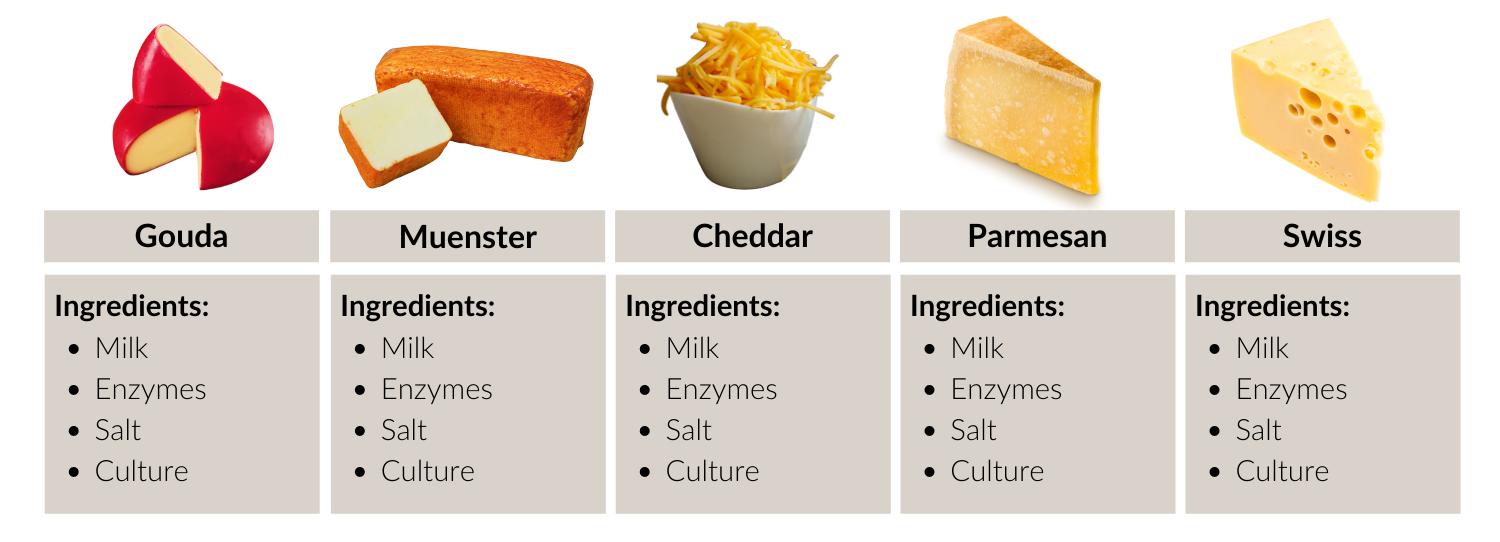
- Note: Nearly all cheese ingredient lists contain the same components. Shredded cheese often has additives that keep the cheese from clumping after processing and packaging. If you can't use the labels from the taste testing cheeses, use the image below.
Explore and Explain
|
This lesson investigates the science of amino acids, proteins, enzymes and bacteria to explore the phenomena of developing different flavors of cheese with the same ingredients. Phenomena are observable events that occur in the universe that we can use our science knowledge to explain or predict. Phenomenon-Based Episode: Why does each variety of cheese taste different when the ingredients are the same? |
Activity 1: Mozzarella Cheese Demonstration
Preparation: Before class, prepare all of the equipment and ingredients for the mozzarella cheese. The Making Mozzarella Cheese in the Classroom video can help illustrate the steps.
- Hold up a gallon of milk. Ask students, "What is milk composed of?" Allow students to think about the question and offer their guesses.
- Display the Composition of Milk graphic. Explain that milk is composed primarily of water, but also includes lactose, fat, protein, and minerals.
- Tip: All lesson images are compiled in the attached slide deck for easy display.
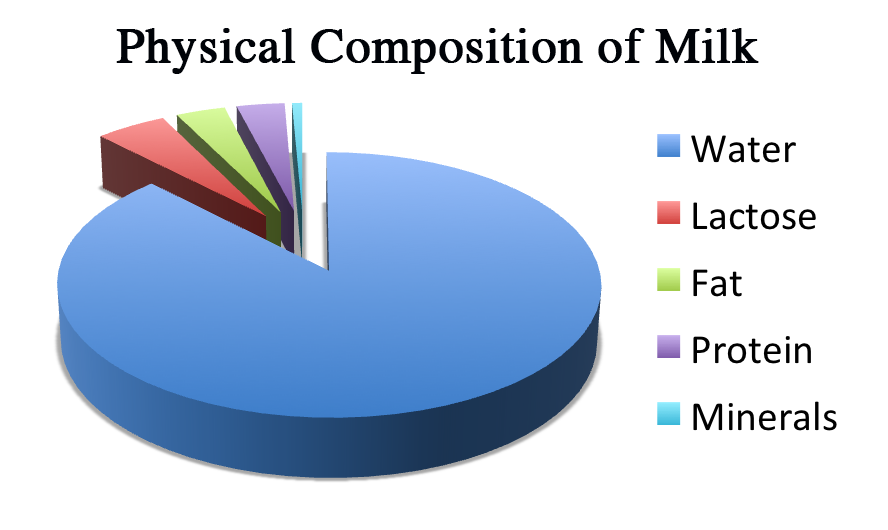
- Tip: All lesson images are compiled in the attached slide deck for easy display.
- Ask students, "Can you think of a method you could use to remove the water from milk?" After students have time to think and offer ideas, provide a prompt that they will need to use science.
- In the form of a class demonstration, begin the cheesemaking process by following the step-by-step instructions from the Mozzarella Cheese Recipe.
- During step 6 of the cheesemaking process there will be a 10 minute wait while the milk coagulates. Watch A Brief History of Cheese.
- The video clip and discussion should complete in time to return to step 7 of the cheesemaking process.
- When the cheese is complete, cut it into bite-size pieces and allow students to taste. Provide crackers or another complimentary food to pair with the cheese. Students should find the flavor and texture of the homemade cheese familiar.
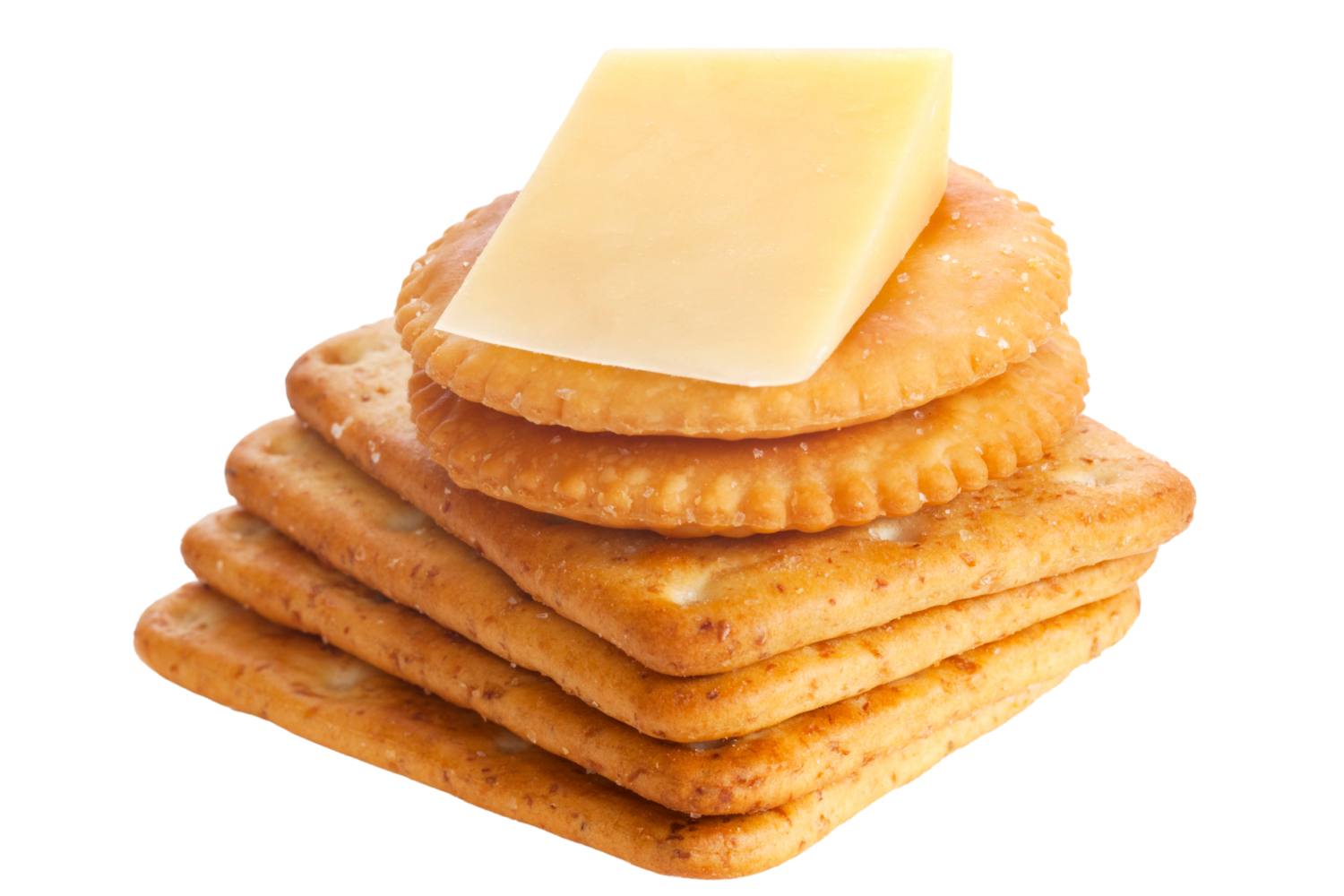
- Referring back to the Composition of Milk graphic, point out that the cheese represents the solids found in milk (lactose, fat, and protein.) The leftover whey represents the water. Conclude that milk contains protein and the enzyme rennet causes the proteins to coagulate and change from liquid milk into a solid mozzarella cheese.
Activity 2: Amino Acids
- Give each student one copy of the Amino Acid Chart.
- Project the Amino Acid Diagram on the board and review the basic concepts about amino acids found on both sides of the sheet.
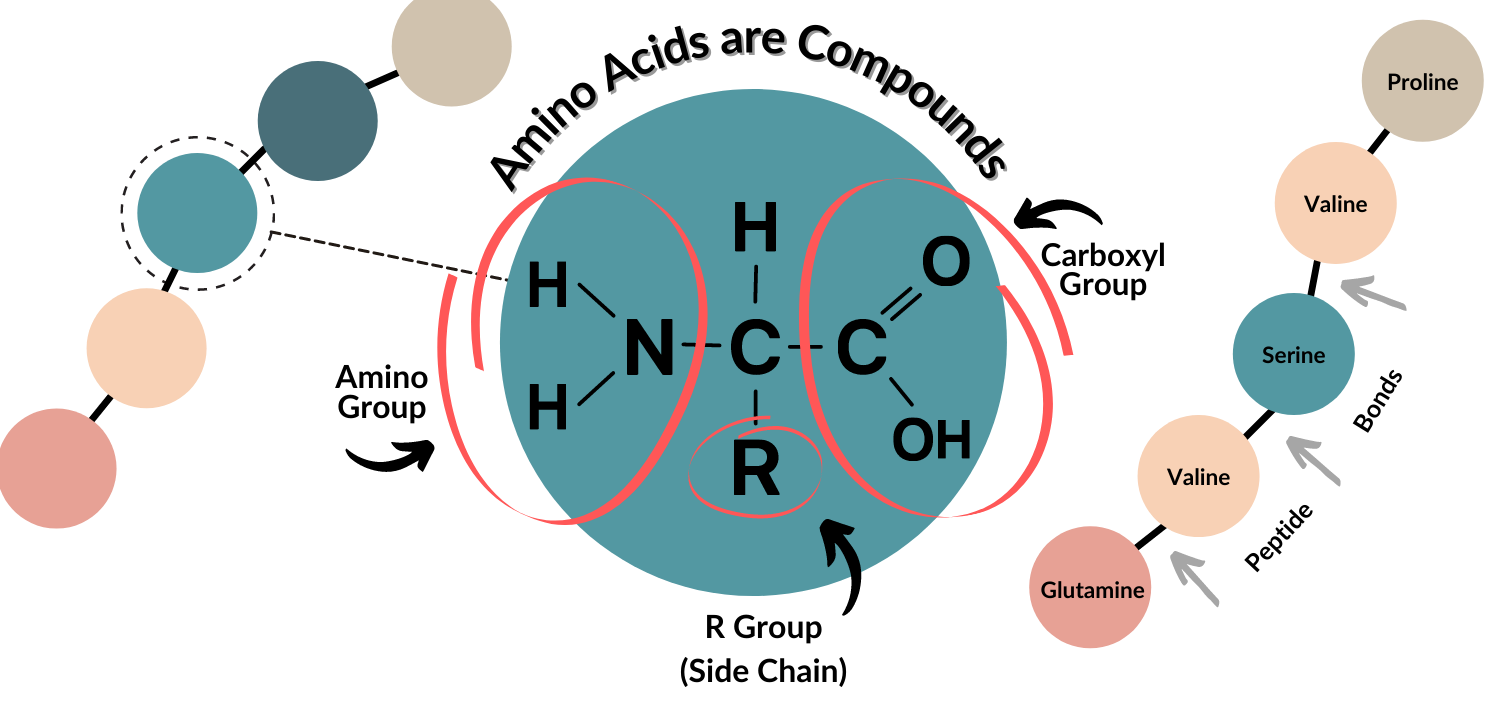
- Provide your class a selection of pop beads and round dot stickers.
- Assign students to use the pop beads to make a model of the basic chemical structure of an amino acid. Project the example images included in the lesson plan to help students get started. Note that each pop bead set will have different quantities and shapes of pop beads and connectors. There isn't a correct or incorrect method or strategy for using the pop beads. Evaluating the correct modeling of the amino acid will be determined by how the students label their model.
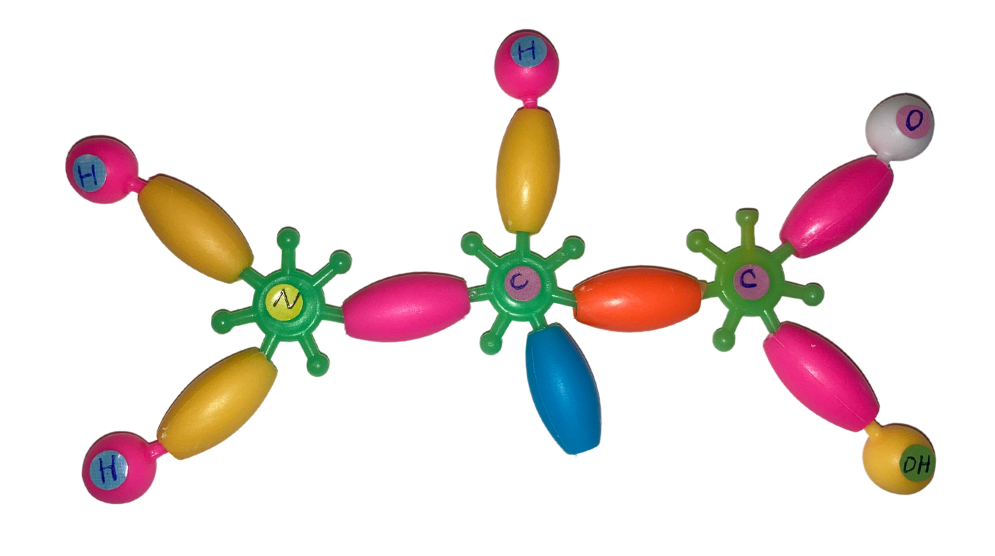
- Once the students have a model made, assign each student a unique amino acid from their Amino Acid Chart. If you have more than 20 students, some amino acids will be made by more than one student or students can team up.
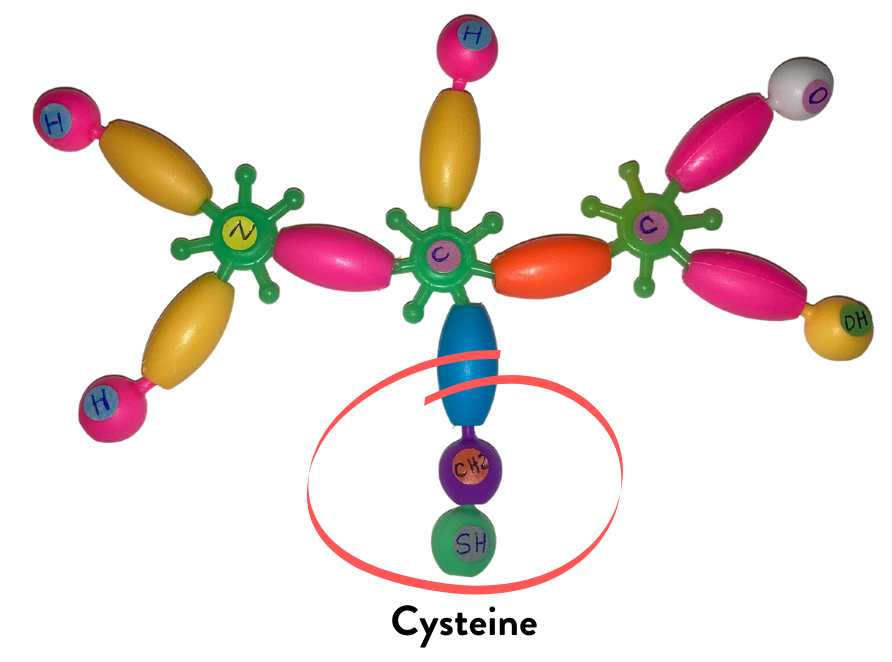
- Connect each students' amino acid to make a peptide chain.
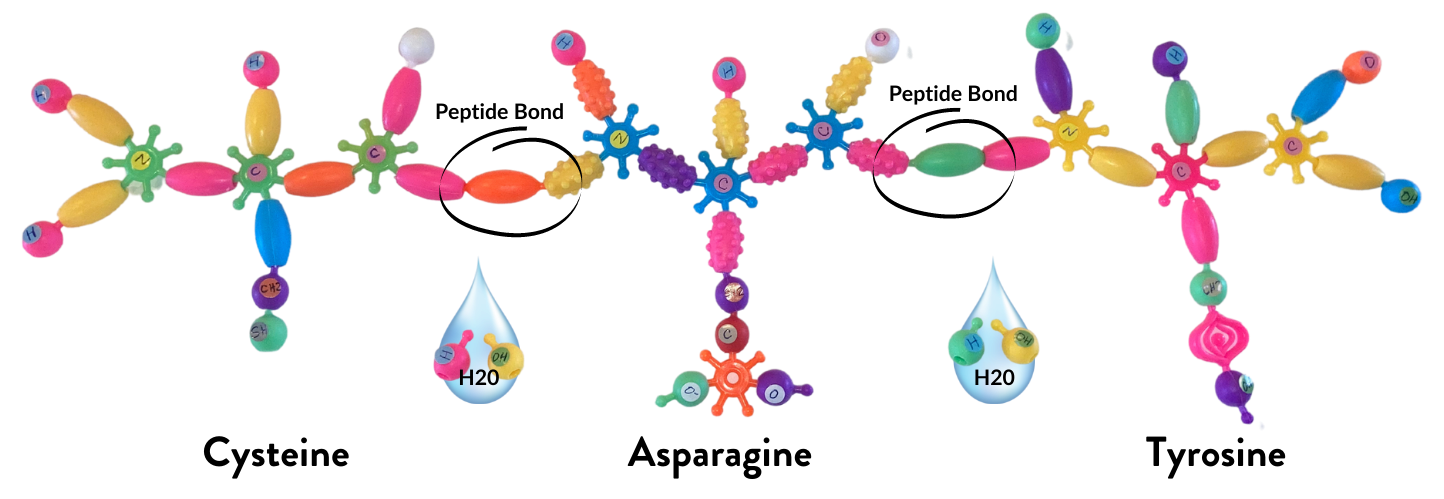
- Check for understanding by reviewing the following key points:
- There are 20 different amino acids.
- Every amino acid has the same chemical structure that includes hydrogen, carbon, an amino group, and a carboxyl group.
- What makes each amino acid unique is the "R" group which is also called a "side chain." Each amino acid has its own unique "R" group structure.
Activity 3: Proteins
- Ask students, "What are amino acids used to build?" (protein)
- Have students disassemble their amino acid models from Activity 2 and place their individual beads in a pile on their desk. Students should still have their Amino Acid Chart handy.
- Explain clearly that in the previous modeling activity, each pop bead represented a single molecule or a single bond found in an amino acid. However, moving forward each pop bead will now represent an entire amino acid.
- Check for understanding by asking how many amino acids there are. (20) Using the Amino Acid Chart, have students place their beads on the chart. Each shape and/or color of bead can represent a different amino acid.
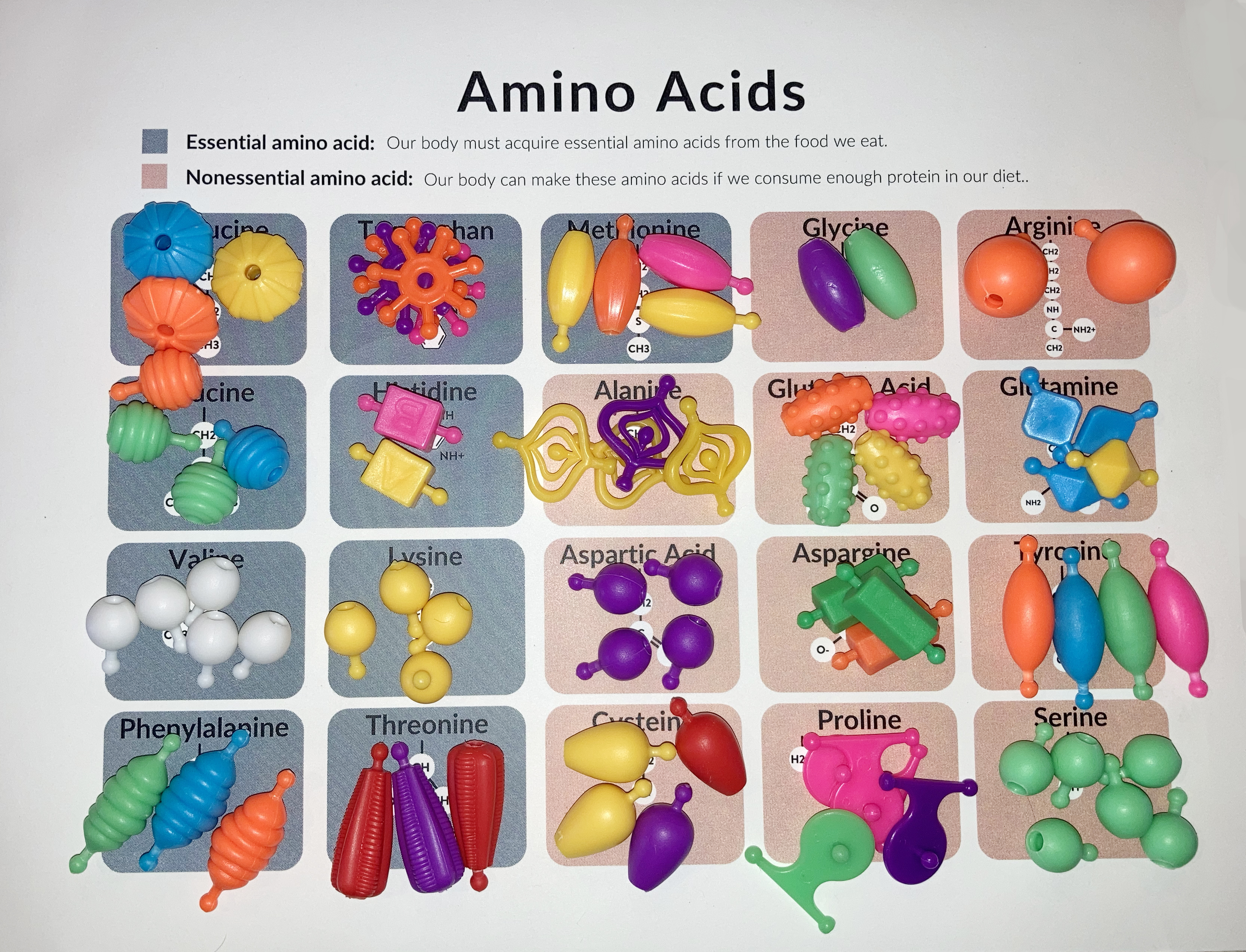
- Give each student one copy of the Protein graphic organizer. Allow students time to review the information and refer to it as needed as they make their own polypeptide and protein.
- With the beads sorted, students can use their pop beads to begin assembling a polypeptide (a chain of amino acids).
- Explain that polypeptides form into proteins by folding in various patterns.
- Challenge students to connect and fold their polypeptide chain to make a three dimensional model of a protein. Students will need to use a variety of pop beads and connectors for this step and may need more than what they used in Activity 1.
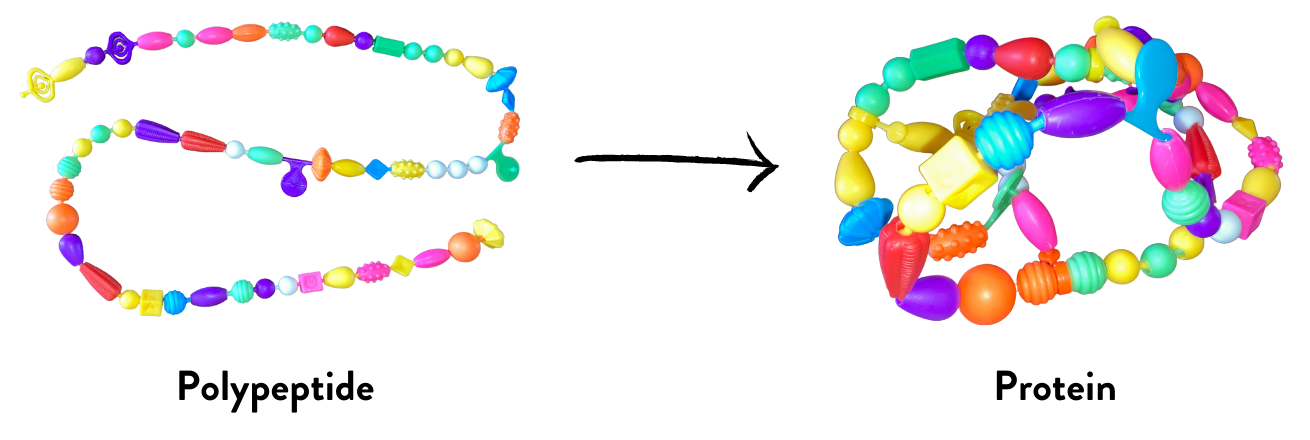
| This lesson focuses only on the beginning chemistry principles that govern the formation of molecular bonds to create polypeptide chains. More depth can be achieved by discussing polarity, hydrophobic vs hydrophillic, and the four different ways polypeptides fold in order to form a protein. See the Elaborating Activities below to provide further instruction. |
Activity 4: Enzymes
- Display the Acid vs Enzyme Coagulation image. Explain that the cheeses on the left were made by using an acid to coagulate the milk to make the cheese. The cheeses on the right used an enzyme to coagulate the milk.
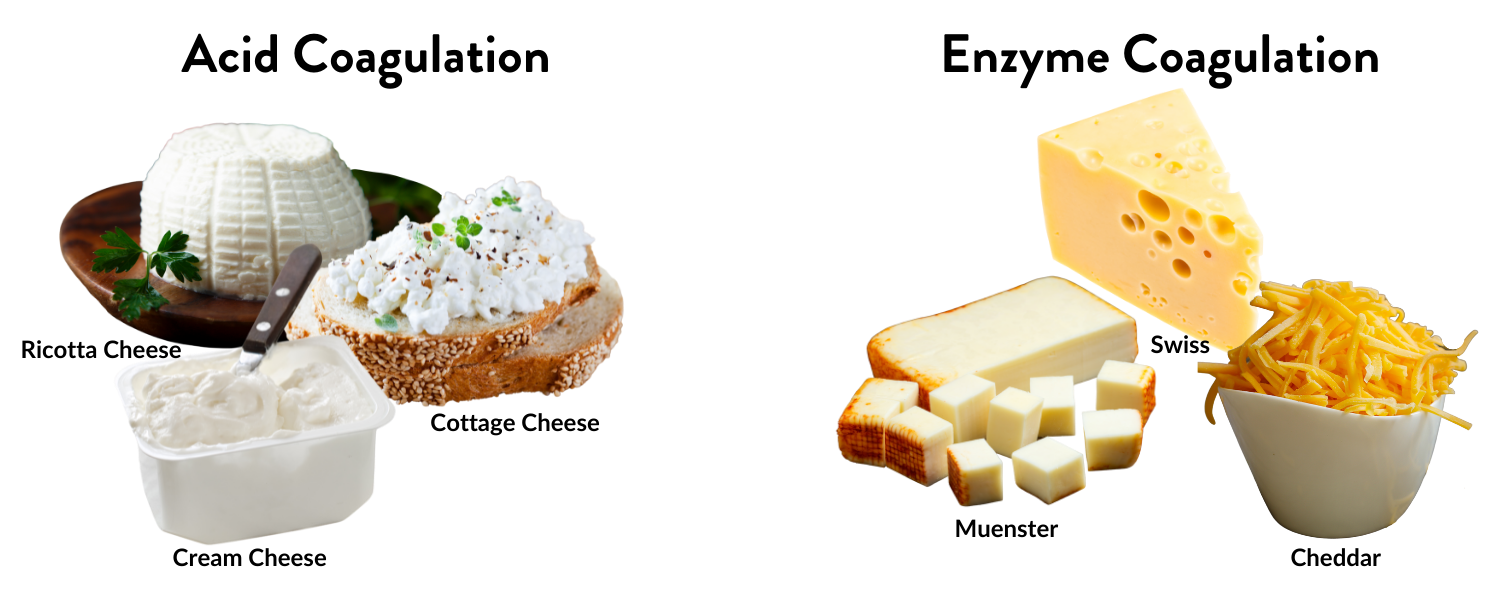
- Ask students to observe the two groups of cheeses and discuss the differences in flavor, consistency, and texture. (The acid coagulated cheeses are spreadable and mild. The enzyme coagulated cheeses range from mild to sharp and soft to hard.)
- Note: Ricotta, cottage cheese, and cream cheese represent all of the non-artisanal cheeses that use acid to coagulate the milk. However, Swiss, muenster, and cheddar cheese are just a small selection of cheeses that use enzymes. Most cheese varieties use enzymes to coagulate the proteins.
- Explain that enzymes are proteins that catalyze chemical reactions.
- Give each student one copy of the Enzyme graphic organizer and time for them to review the information on the front and back.
- Show the video clip, Enzymes. Have students find connections between the science of enzymes and what they observed in the cheesemaking process.
- Invite students to share connections they found in the video. Provide prompts with the following examples if needed:
- Cheese is the product of an enzymatic reaction.
- Rennet is an enzyme that binds with casein (a protein), causing it to coagulate.
- Proteins change (denature) when the pH or temperature changes. If the milk was overheated, rennet would not bind to the milk proteins and the recipe would fail.
Activity 5: When does bacteria make delicious food?
- Remind students about the original phenomena question, "Why does each variety of cheese taste different when the ingredients are the same?" Display the cheese ingredient comparison image. Ask the students which ingredient is left to explore. (cultures)
- Watch The Microbial Truth of How Your Cheese Gets Made. Pause the video at 0:20 where it shows the milk, salt, and rennet. Explain that the remainder of the clip will play a big part in answering the phenomena question. As students watch the remainder of the video, have them list the elements or circumstances that ultimately determine the flavor, texture, and moisture level of a specific cheese. (bacterial cultures, time (aging), and aging conditions)
- Encourage discussion about ecosystems. Provide a definition of an ecosystem on the board and then ask how cheese can be considered an ecosystem.
- For an added example of unique environments where cheese can be aged, watch Why Traditional English Cheddar is Aged in Caves.
- Ask, "When you think of the word bacteria, do you associate it with something that is good or something that is bad?" While many students would identify bacteria as bad, explain that bacteria comes in all types. Some bacteria is pathogenic and results in sickness or disease. Other bacteria can be beneficial, like in the cheese making process. Bacteria is categorized and named according to its genus, species, subspecies, and the biovariant or strain.
- Explain that in cheesemaking, bacteria is introduced to the milk in what is called a starter culture. Starter cultures have the following functions:
- initiate the fermentation process,
- discourage potential pathogen growth,
- enhance cheese keeping quality,
- concentrate and stabilize milk as curd, and
- contribute to cheese flavor, aroma, and texture.
- Display the Mesophilic and Thermophilic Cultures image. Explain the difference between the two types of culture and examples.
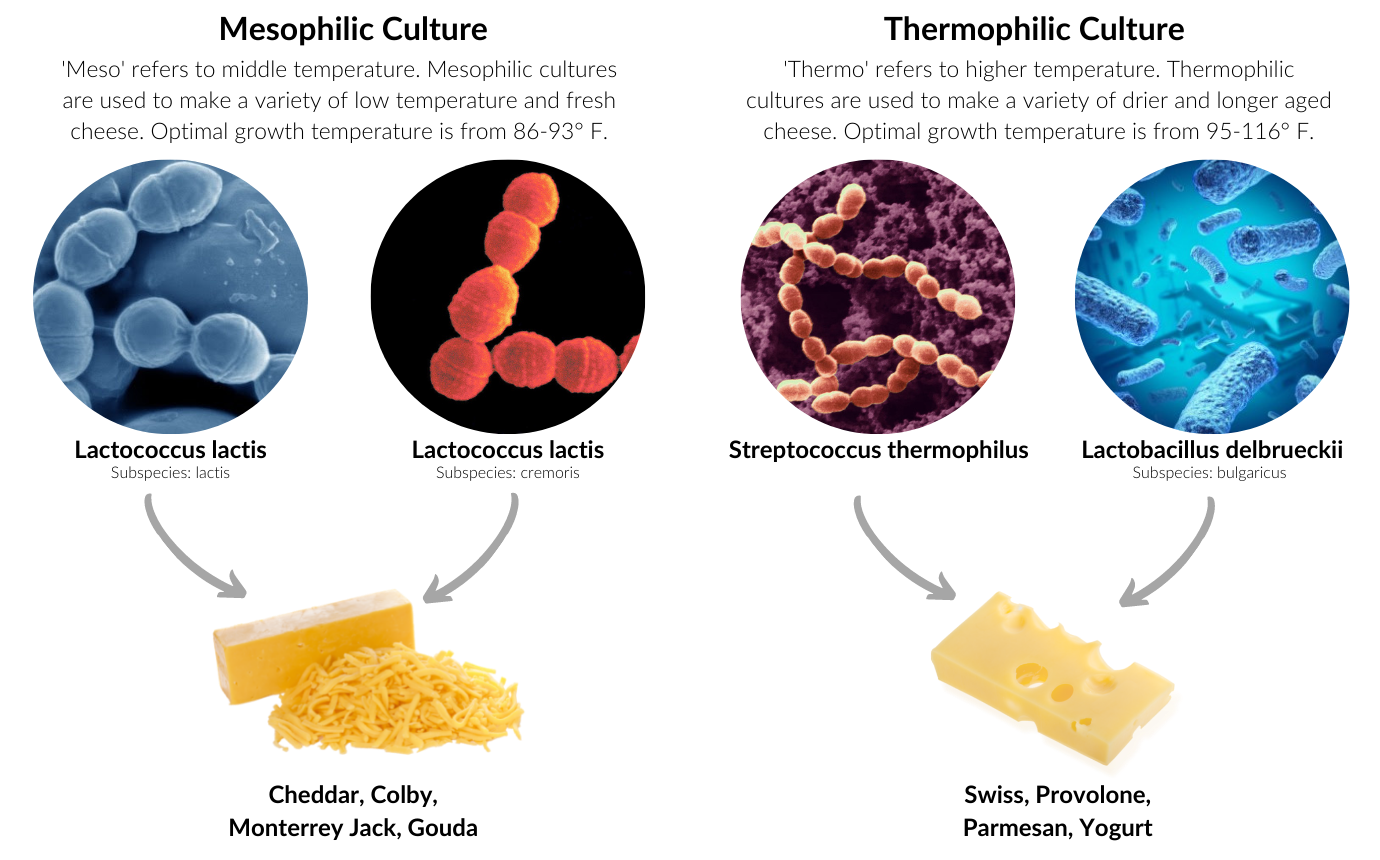
- Optional: If time allows, assign students to read more about Cultures for Cheesemaking.
| Fresh mozzarella cheese (like what is made in Activity 1) uses acid and not bacterial cultures. However, mozzarella cheese made for shredding and use in cooking (ie: pizza) is made using bacterial cultures to help control the sugar content of the final cheese product. The sugar content impacts how the cheese melts and what color the blisters are when it is cooked. |
Elaborate
-
Watch The Beneficial Bacteria that Make Delicious Food to explore other foods besides cheese that use beneficial bacteria to enhance their flavor.
-
Test specific foods for the presence of protein using Biuret reagent. A lab demonstration can be found in Activity 2 of the Eggs: Protein MVP lesson.
-
For a more advanced look at different ways proteins can fold, watch Protein Structure and Folding and learn about primary, secondary, tertiary, and quaternary structures.
-
Ask your students if they have heard the phrase, "You are what you eat." Ask students to describe specific ways that this statement could be true. Show students the collage image. Ask students to identify what each picture has in common. If needed, provide prompts to lead them to recognize that protein is the common element. Protein is found throughout our bodies and makes up the structure of our hair, fingernails, muscles, bone, skin, and even the hemoglobin that carries oxygen in our blood. Explain that the protein that makes up our body tissue comes from the protein that we eat—our body is composed of what we eat.
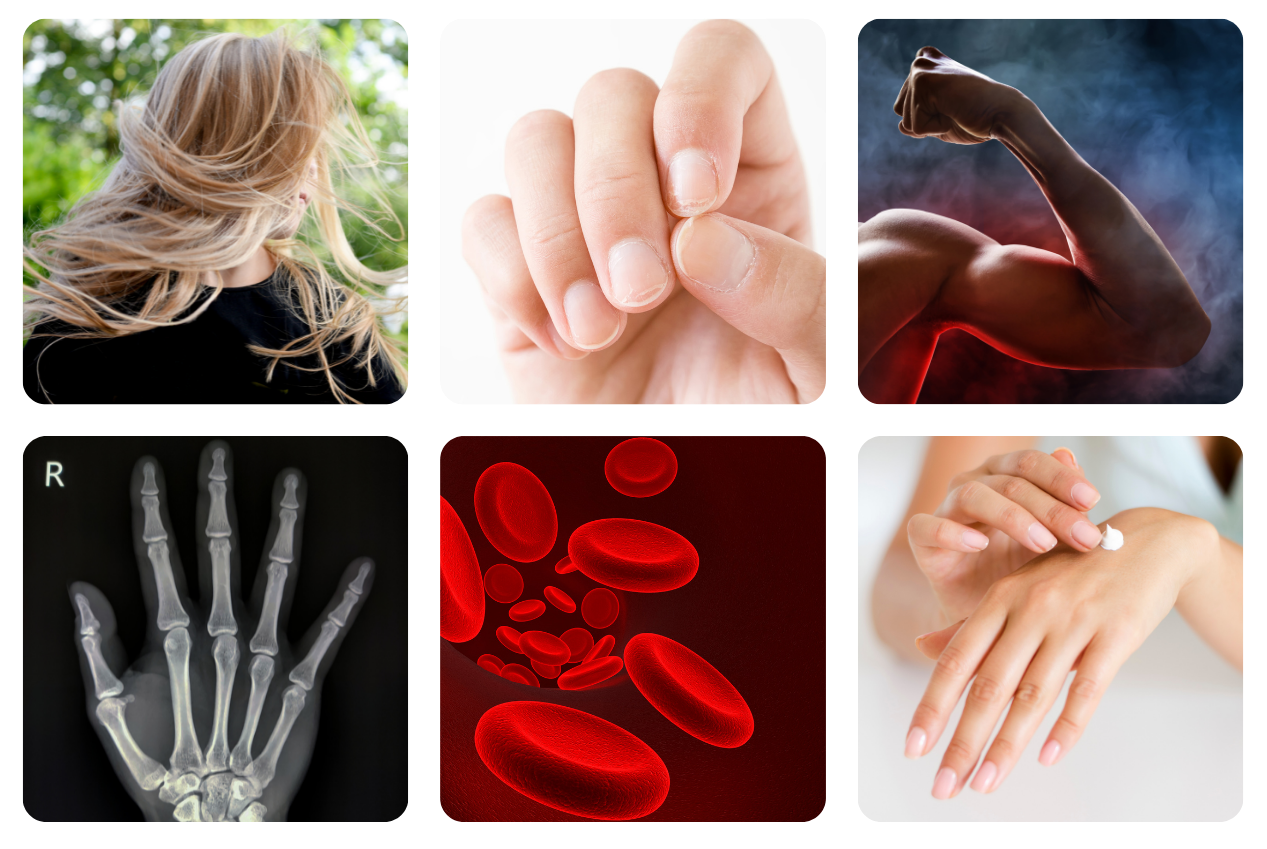
-
After making the cheese, discuss the use and value of the remaining whey. Remind students that whey is a milk protein that remains in the water during the cheesemaking process. Ask students where they see or hear about whey protein (protein supplement drinks). Whey protein is a by-product of cheesemaking. Watch How BPI's Whey Protein is Made. (Note that this video advertises a specific brand of protein powder. Direct student attention to the process and source of whey protein powder. Begin the video at 0:29)
Sources
- Advanced Nutrition and Human Metabolism. Gropper and Smith. 2013
- https://nationalhistoriccheesemakingcenter.org/history-of-cheese/
- Foods Experimental Perspectives. 7th edition. Margaret McWilliams
- https://nationalhistoriccheesemakingcenter.org/history-of-cheese/
- Say Cheese! A Kid's Guide to Cheese Making. Ricki Carroll and Sarah Carroll
- https://www.idfa.org/history-of-cheese
Acknowledgements
Phenomenon chart adapted from work by Susan German.
German, S. (2017, December). Creating conceptual storylines. Science Scope, 41(4), 26-28.
German, S. (2018, January). The steps of a conceptual storyline. Science Scope, 41(5), 32-34.
Recommended Companion Resources
Author
Organization
| We welcome your feedback! If you have a question about this lesson or would like to report a broken link, please send us an email. If you have used this lesson and are willing to share your experience, we will provide you with a coupon code for 10% off your next purchase at AgClassroomStore. |
